Exhibition of the week: Sophie Taeuber-Arp at Tate Modern
To see her work here ‘is to be immediately uplifted’, says The Observer
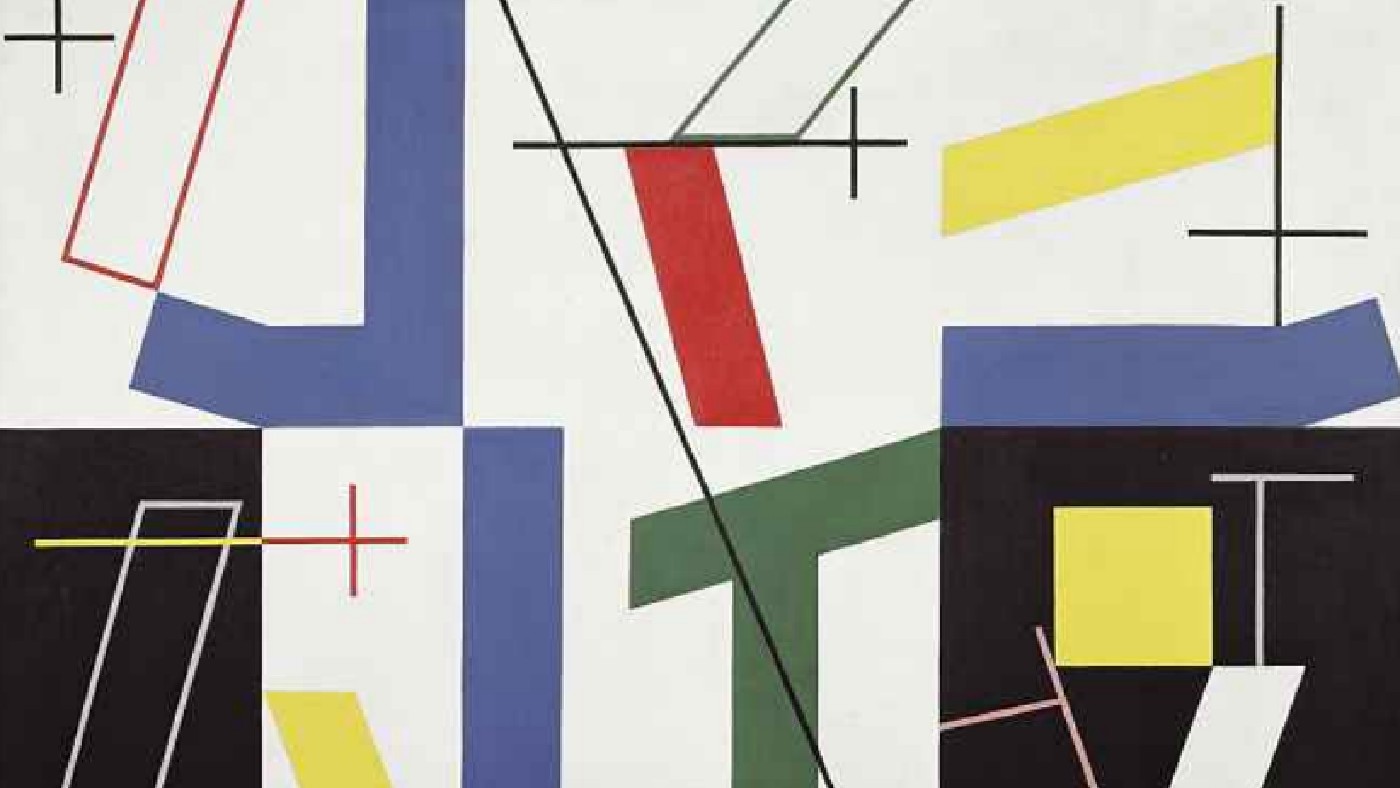
The Swiss artist Sophie Taeuber-Arp was “the great overlooked modernist”, said Laura Cumming in The Observer. She was a bona fide pioneer who made “no distinction between high and low, applied and fine art”, combining abstract painting, textile design, interior decoration and even architecture, and rendering it all in a joyous signature style.
Born in Davos in 1889, Taeuber-Arp learnt to sew at a young age and chose to study “practical arts and crafts” rather than follow a more prestigious education in fine art. It was a wise decision: where other artists were restricted to painting and sculpture, TaeuberArp could “turn wood and engineer brackets, warp a loom and solder silver”.
After marrying the abstract artist Hans Arp (better known as Jean Arp in English) in 1922, she became involved with Dadaism and moved around Europe, but settled in Zurich in order to avoid the Nazis. One night in 1943, she missed the last tram home and spent the night in “a snow-covered summer house”. The stove misfired, and the next morning she was found dead from carbon monoxide poisoning.
The Week
Escape your echo chamber. Get the facts behind the news, plus analysis from multiple perspectives.

Sign up for The Week's Free Newsletters
From our morning news briefing to a weekly Good News Newsletter, get the best of The Week delivered directly to your inbox.
From our morning news briefing to a weekly Good News Newsletter, get the best of The Week delivered directly to your inbox.
Despite earning renown in her lifetime, Taeuber-Arp was “forgotten” following her tragic demise – her legacy eclipsed by that of her more famous husband. A new exhibition at Tate Modern comes as a long-overdue corrective, bringing together paintings, drawings, sculptures, textiles and furniture to assert Taeuber-Arp’s status as one of the great talents of the interwar years. To see her work here “is to be immediately uplifted”.
There’s no doubting Taeuber-Arp’s talent and resourcefulness, said Alastair Sooke in The Daily Telegraph. The show frames her as an avant-garde “jack of all trades” who mastered multiple disciplines with enviable skill. Her work in design is presented just as reverentially as her paintings: the show is “chock-full of rugs and tapestries and folksy cushion covers and pillowcases”, displayed amid “satisfying” abstract canvases “resembling dominoes or wiring diagrams”.
The best of her art, notably a series of “inky” drawings filled with “fractured forms and conical, searchlight-like shapes”, is interesting, while a group of marionettes created for a Zurich theatre in 1918 is “memorable”.
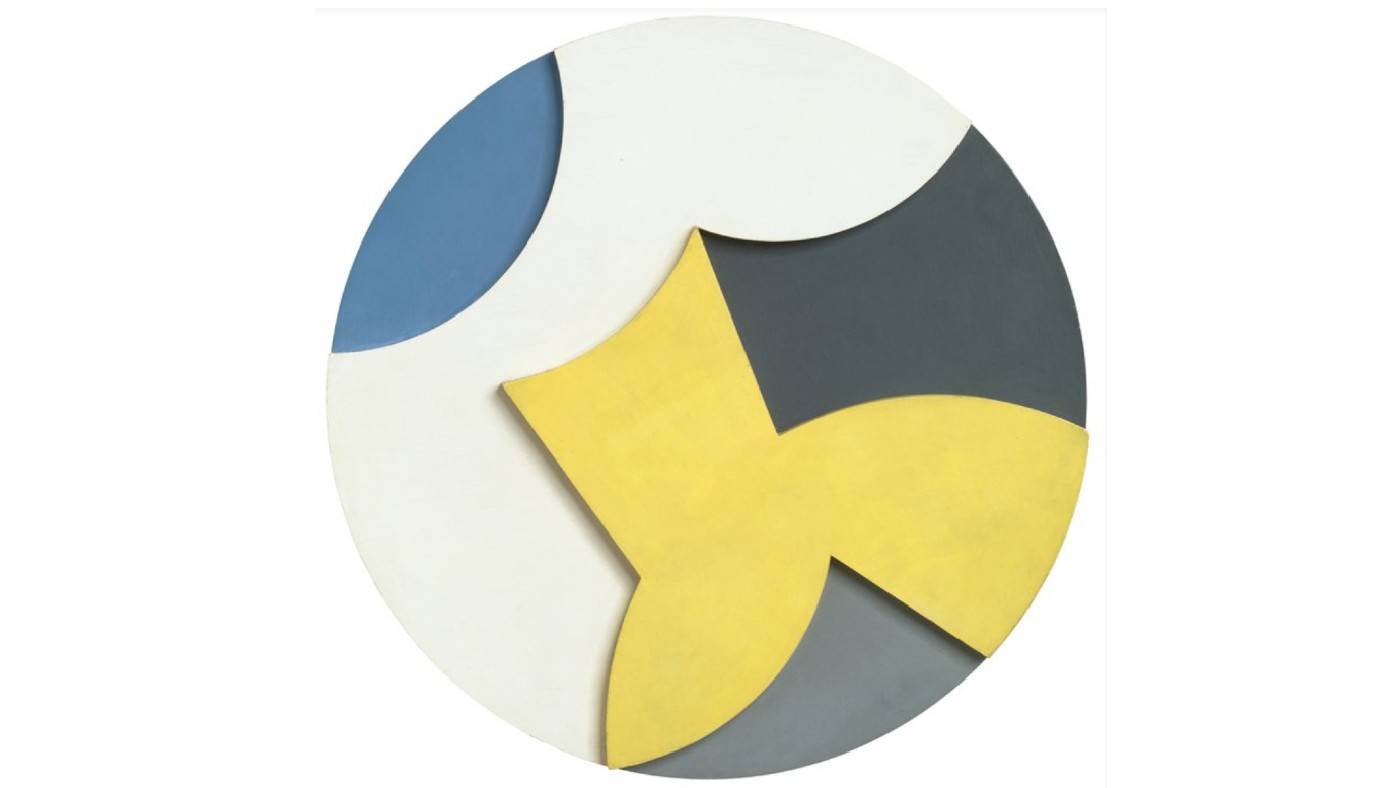
Yet while all this is impeccably tasteful and often pleasing, there is little here “to thrill the soul”. Some of what we see is downright dull: there are far too many technical drawings, “boring” photos Taeuber-Arp took on her travels, and numerous pieces of “underwhelming” furniture. It makes for a “dutiful” but never “scintillating” experience.
A free daily email with the biggest news stories of the day – and the best features from TheWeek.com
I completely disagree, said Ben Luke in the London Evening Standard. Taeuber-Arp’s abstract paintings are terrific: there is a “mesmerising” group of canvases depicting “rhythmic, pinging” circles – the artist described this style as “boulisme” in reference to the French game of boules or pétanque; they presage Bridget Riley by a good 30 years.
Other highlights include a number of “exquisite, loosely geometric” works from the 1910s and better still, Relief (1936), a wooden sculptural relief that sees her distinctive emblematic circles tapering into cones to create “a delightful, vibrant spatial flux”. Taeuber-Arp’s art is “playful” and “matter of fact”, but no less “profound” for it. Ultimately, it all adds up to a “superb” exhibition.
Tate Modern, London SE1 (www.tate.org.uk). Until 17 October
-
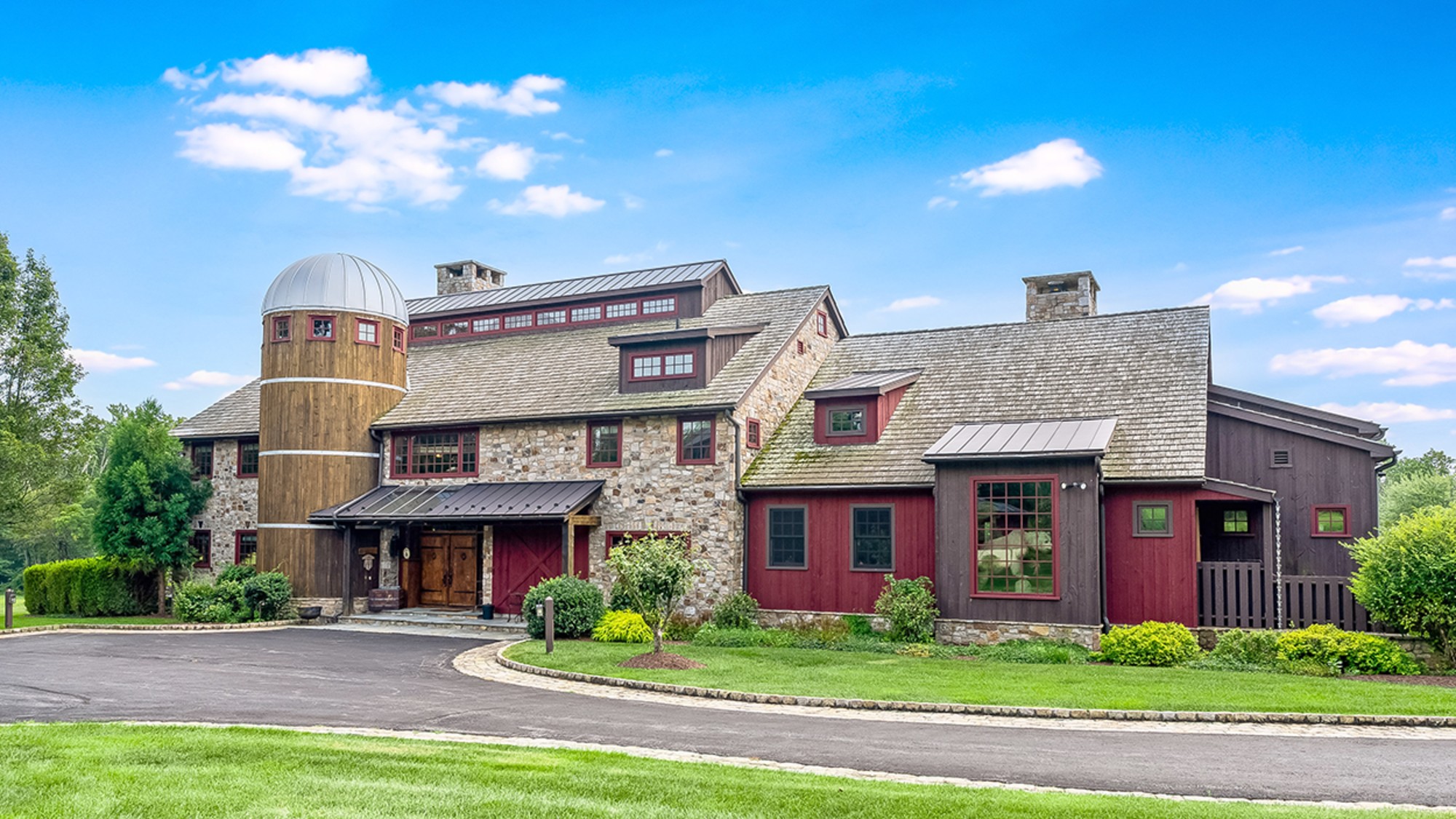 6 lovely barn homes
6 lovely barn homesFeature Featuring a New Jersey homestead on 63 acres and California property with a silo watchtower
-
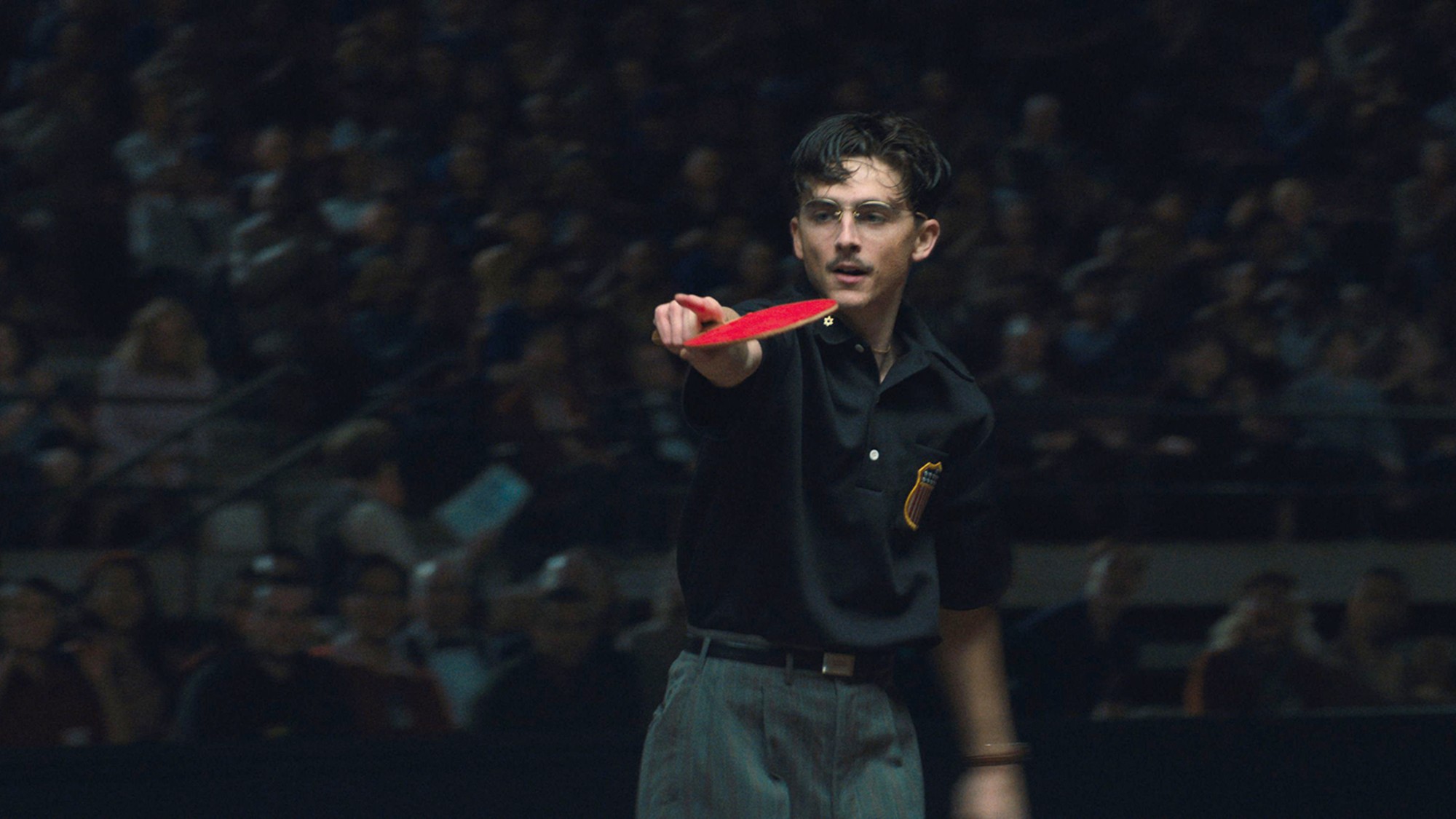 Film reviews: ‘Marty Supreme’ and ‘Is This Thing On?’
Film reviews: ‘Marty Supreme’ and ‘Is This Thing On?’Feature A born grifter chases his table tennis dreams and a dad turns to stand-up to fight off heartbreak
-
 Heavenly spectacle in the wilds of Canada
Heavenly spectacle in the wilds of CanadaThe Week Recommends ‘Mind-bending’ outpost for spotting animals – and the northern lights
-
 It Was Just an Accident: a ‘striking’ attack on the Iranian regime
It Was Just an Accident: a ‘striking’ attack on the Iranian regimeThe Week Recommends Jafar Panahi’s furious Palme d’Or-winning revenge thriller was made in secret
-
 Singin’ in the Rain: fun Christmas show is ‘pure bottled sunshine’
Singin’ in the Rain: fun Christmas show is ‘pure bottled sunshine’The Week Recommends Raz Shaw’s take on the classic musical is ‘gloriously cheering’
-
 Holbein: ‘a superb and groundbreaking biography’
Holbein: ‘a superb and groundbreaking biography’The Week Recommends Elizabeth Goldring’s ‘definitive account’ brings the German artist ‘vividly to life’
-
 The Sound of Music: a ‘richly entertaining’ festive treat
The Sound of Music: a ‘richly entertaining’ festive treatThe Week Recommends Nikolai Foster’s captivating and beautifully designed revival ‘ripples with feeling’
-
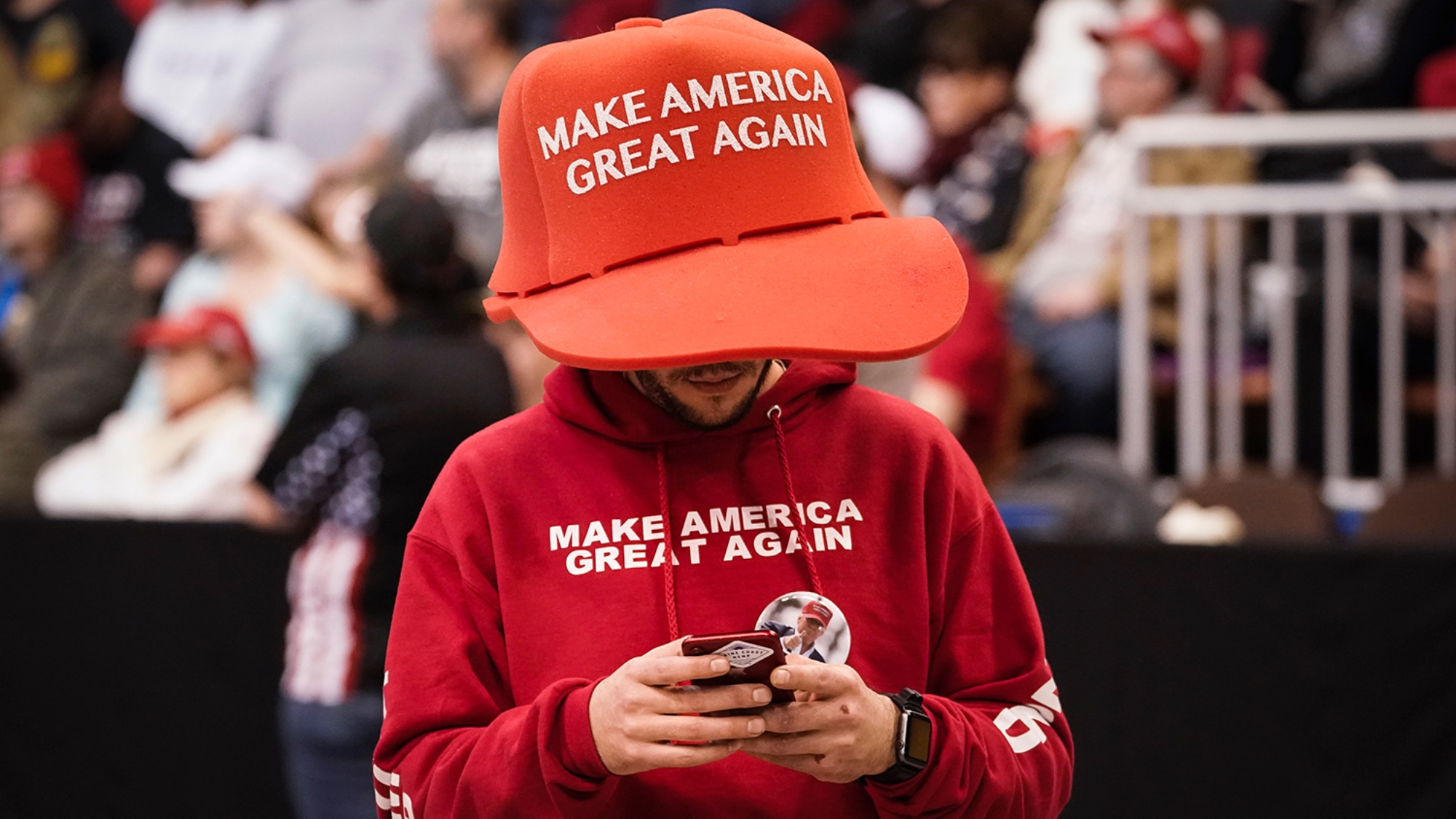 ‘Furious Minds: The Making of the MAGA New Right’ by Laura K. Field and ‘The Dream Factory: London’s First Playhouse and the Making of William Shakespeare’ by Daniel Swift
‘Furious Minds: The Making of the MAGA New Right’ by Laura K. Field and ‘The Dream Factory: London’s First Playhouse and the Making of William Shakespeare’ by Daniel SwiftFeature An insider’s POV on the GOP and the untold story of Shakespeare’s first theater



